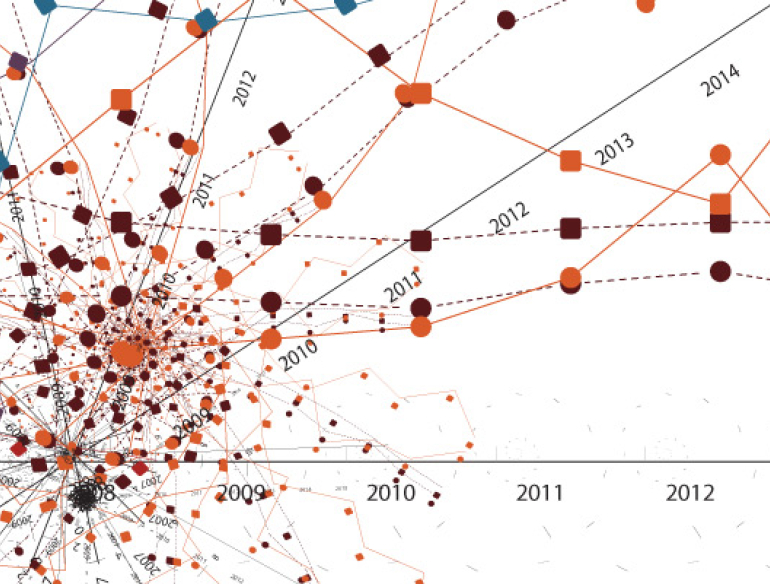Key findings
- The number of new HIV diagnoses in Australia has remained stable over the past five years, with 1 066 diagnoses in 2012, 1 030 in 2013, 1 084 in 2014, 1027 in 2015, and 1 013 in 2016.
- Of the estimated 227 306 people living with chronic hepatitis C at the start of 2016, 32 550 (14%) received hepatitis C treatment during 2016 and 30 434 (93% of those treated) were cured during 2016.
- The number of newly diagnosed hepatitis B cases has halved in Aboriginal and Torres Strait Islander people over the past five years. Newly diagnosed cases in the the non-Indigenous population remained stable.
- Chlamydia was the most frequently notified sexually transmissible infection (STI) in Australia, with a total of 71 751 notifications in 2016. Three-quarters (75%) of these notifications were among people aged 15–29 years.
- Between 2012 and 2016, gonorrhoea notification rates increased by 63% (62 to 101 per 100 000), with an increase in both males (72%) and females (43%). The gonorrhoea notification rate in 2016 was higher in males (146 per 100 000) than in females (56 per 100 000).
